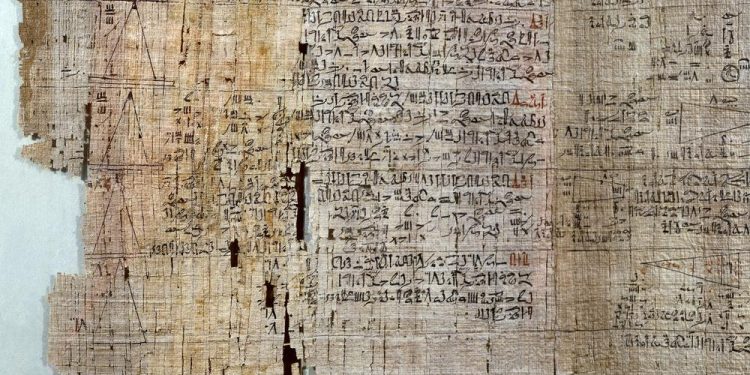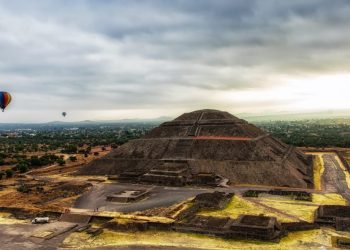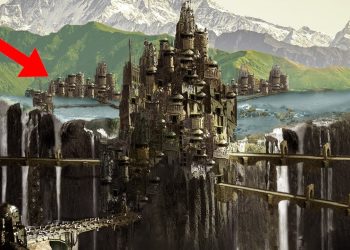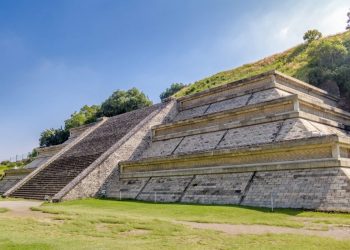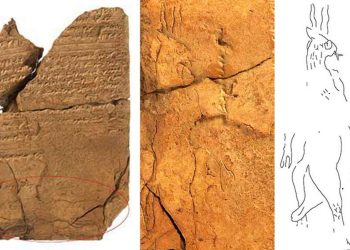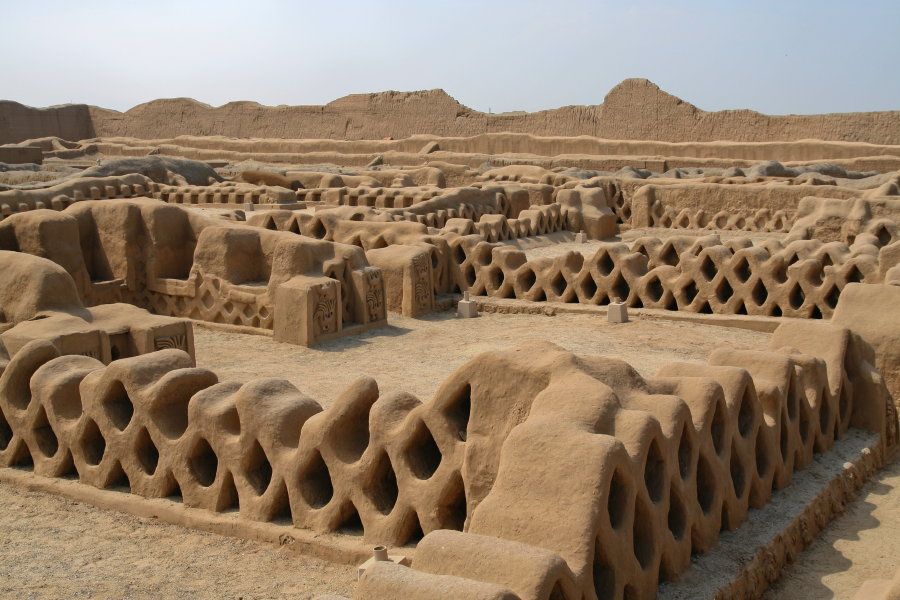Mathematics was a cornerstone of ancient Egyptian society, playing a pivotal role in their everyday life and governance. One of the key documents shedding light on Egyptian mathematical prowess is the Rhind Mathematical Papyrus. Together with the Moscow Mathematical Papyrus, these documents offer invaluable insights into the mathematical knowledge of ancient Egypt.
Egyptian mathematics was integral to their societal and agricultural advancements. They applied mathematical principles in conjunction with astronomy to predict important events like the flooding season, which was crucial for agriculture. Furthermore, mathematics was essential for managing their economy, including calculations for taxes and trade.
The Rhind Mathematical Papyrus stands as a primary source of information on ancient Egyptian mathematics. Here are ten key facts about this significant historical document:
- The Rhind Mathematical Papyrus is dated to around 1550 BC. While there’s some debate among experts, with a few suggesting a date closer to 1650 BC, the consensus leans towards 1550 BC as the more accurate timeframe.
- Interestingly, this papyrus is a copy of an even older text, now lost, that dated back to the reign of Amenemhat III around 1800 BC during the 12th dynasty. This origin makes the Rhind Papyrus a second-generation document of ancient Egyptian mathematics.
- The papyrus was penned by a scribe named Ahmose. The authorship of the original text remains unknown, leading to the attribution of the work to Ahmose, though some sources argue that the real name might be Ahmes.
- The Rhind Mathematical Papyrus is divided into three distinct sections or books. It is not only the largest mathematical papyrus discovered but also encompasses a wide array of mathematical problems.
- Within the papyrus, there are 91 different problems described, showcasing the extensive range of mathematical knowledge possessed by the ancient Egyptians.
- The first book contains over 40 mathematical problems, primarily focusing on algebra and arithmetic. This section illustrates the complexity and depth of Egyptian mathematical understanding.
- The second book delves into geometry, presenting nearly 20 mathematical problems. These problems reflect the Egyptians’ application of geometry in various aspects of their life, including construction and land measurement.
- Notably, the last six problems in Book II specifically address calculations related to the pyramids, offering insights into the mathematical principles used in their construction.
- Book III encompasses additional tables and data that aren’t directly related to mathematical problems. This section includes 31 various calculations relevant to everyday life in Ancient Egypt. For instance, it features computations related to the production of beer, detailing fractions and amounts of raw materials required for specific brews. It also includes calculations for the amount of food needed for certain domesticated animals, though historians question the accuracy of these figures.
- The Rhind Mathematical Papyrus is currently housed in the British Museum, where it stands as a testament to the mathematical ingenuity of ancient Egypt.
The Rhind Mathematical Papyrus not only reflects the advanced state of mathematics in ancient Egypt but also offers a fascinating glimpse into the daily life and practices of one of history’s most remarkable civilizations.



